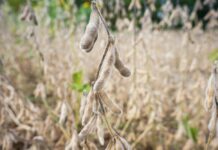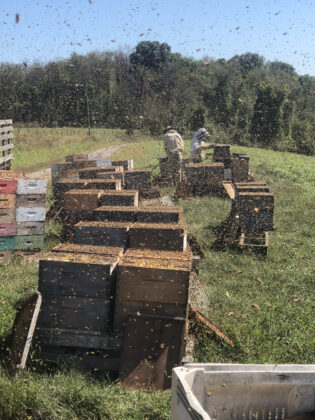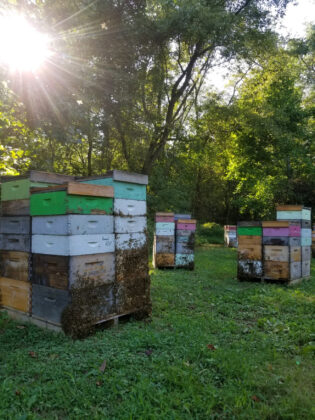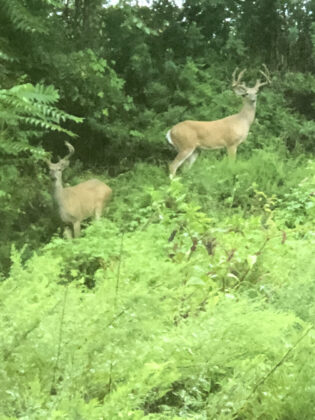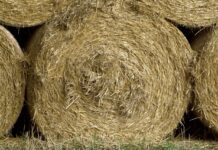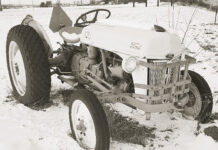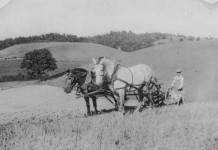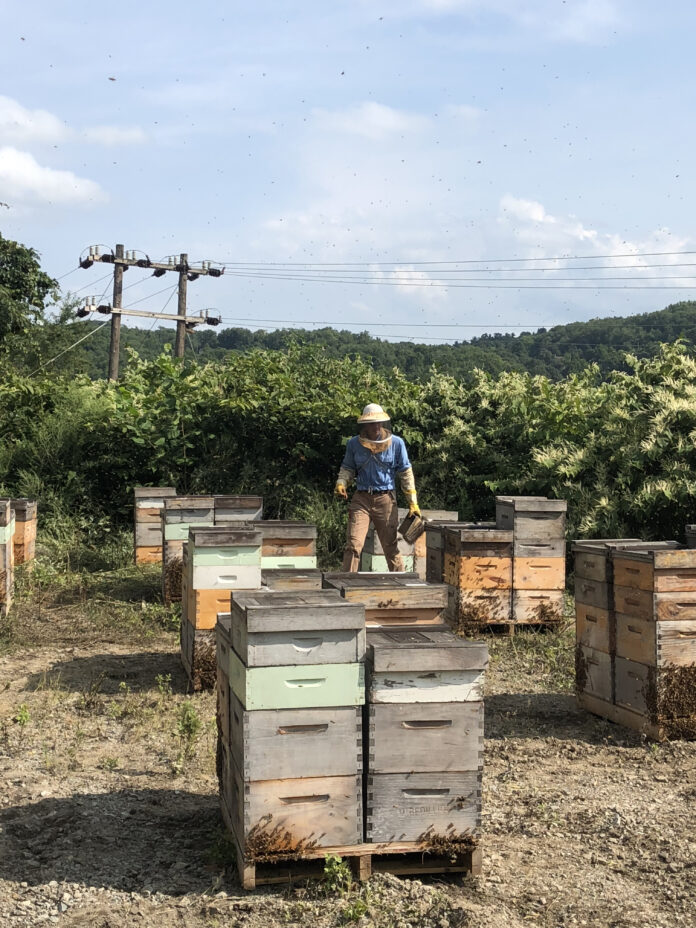
On the Ohio Department of Natural Resources website, you will find a hit list of the most infamous species of invasive plants. These plants were introduced from other states or countries and displace native plants in woodlands, wetlands, prairies and other areas. The problem is that these plants can often take over the entire area and crowd out our native species. Some of the most common ones you see every day are Canada thistle, autumn olive, Callery pear, multiflora rose and Japanese knotweed.
Japanese knotweed
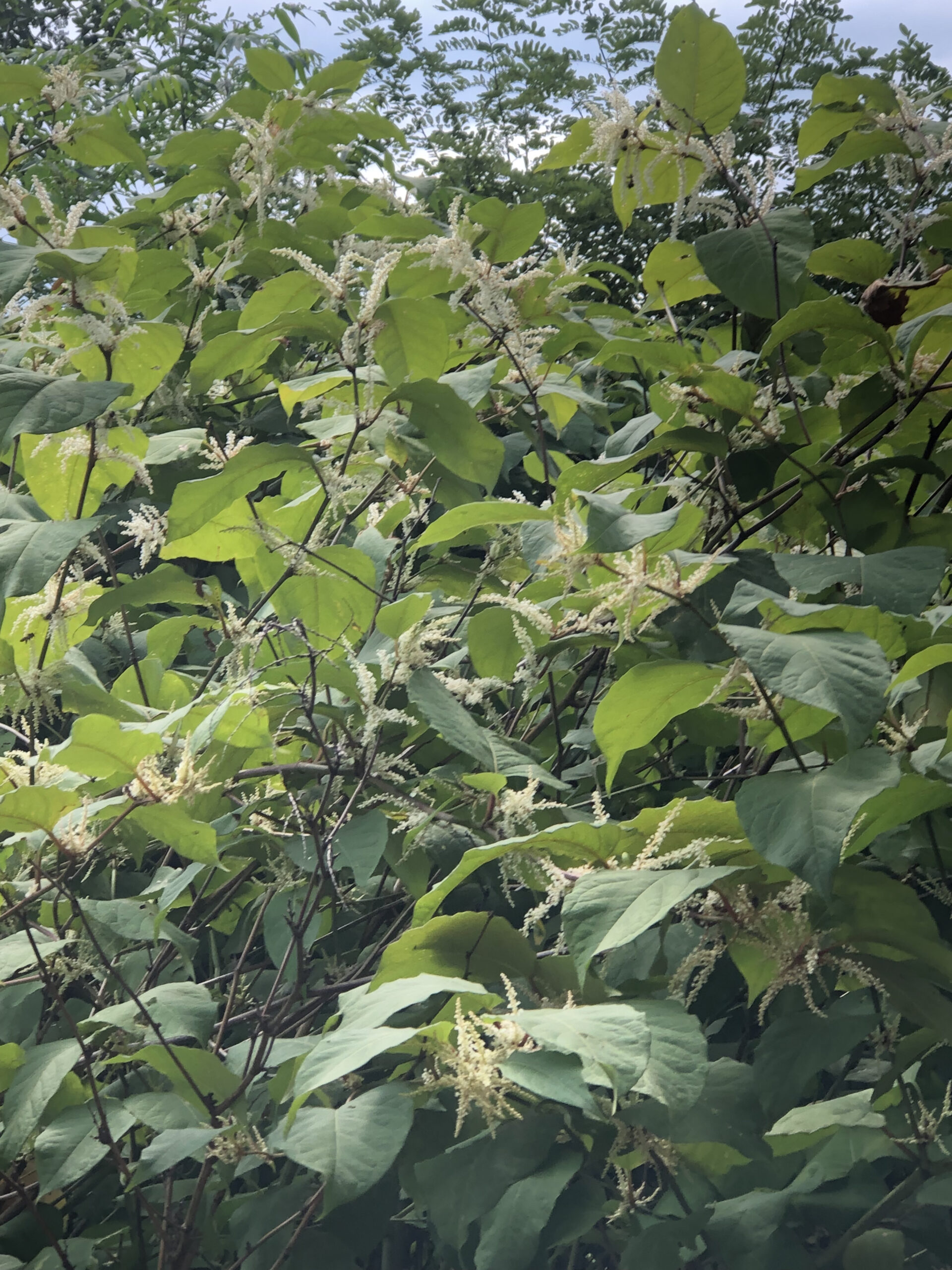
Japanese knotweed (Fallopia japonica) is native to eastern Asia and was introduced to North America as a horticultural plant in the late 19th century. It grows in a wide range of habitats, favoring wetlands, ditches, fence lines and disturbed areas. It forms dense thickets of bamboo-like vegetation that quickly outcompete natives and take over an area. The root system spreads horizontally and spreads out far from the parent plant, sending out shoots. It has been known to damage households by growing through concrete cracks.
There is a large roadside patch a few miles from me that a farmer hits with, I assume, Roundup every year, and after it turns brown for a few weeks, it recovers and keeps on going. I like to think the weed gets zotted every year and thinks, “Is that all you got? You want a piece of me?” The good part of knotweed is that it produces small white-green flowers that bloom near the end of the stem, usually in late July and early August. The great news for beekeepers is that it produces a lot of nectar at a time when not much else is blooming, and the bees love it.
Knotweed honey
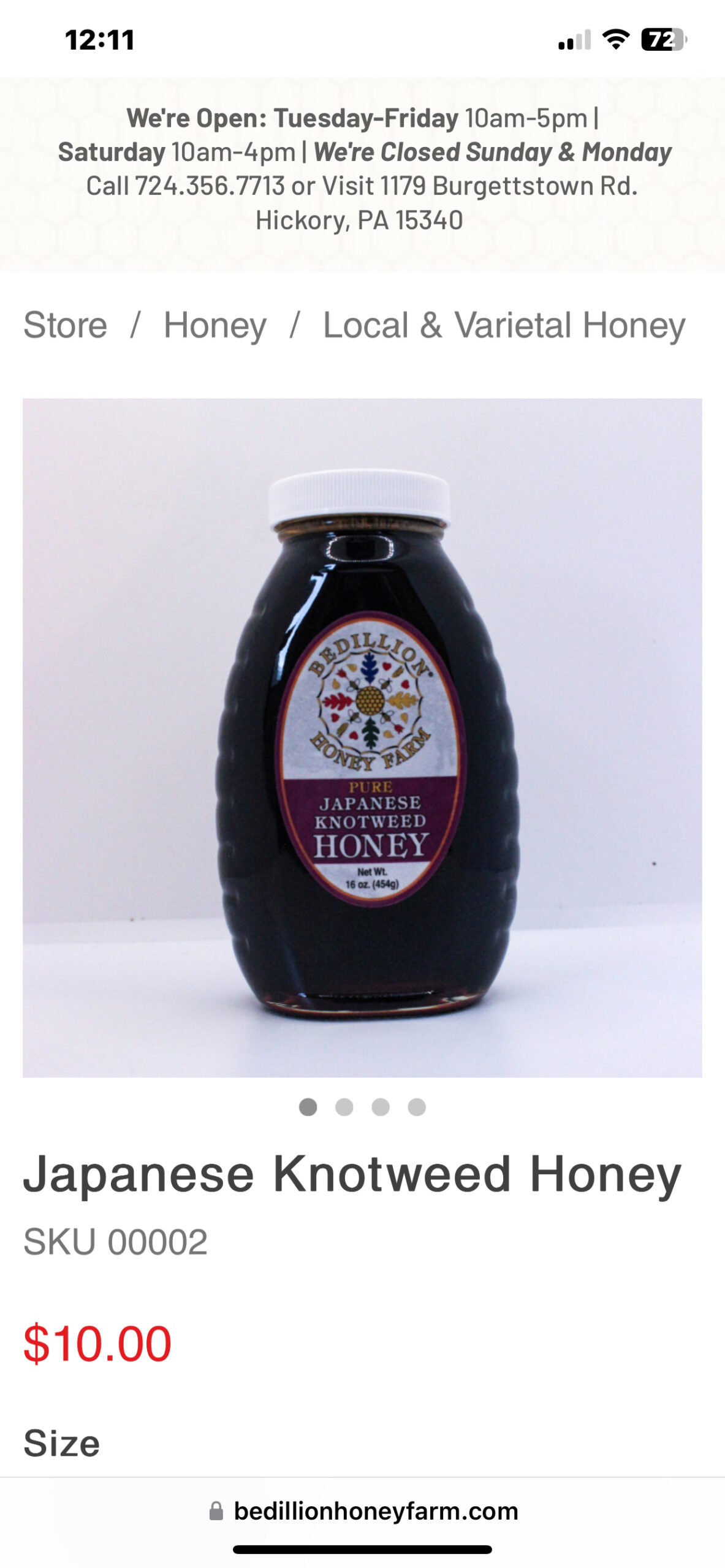
Not everyone hates Japanese knotweed. Beekeeper Mark Bedillion, of Hickory, Pennsylvania, scouts out areas for knotweed and positions his hives in multiple locations to take advantage of the knotweed honey flow. Mark manages 999 hives (he didn’t want to sound like a big operation by saying 1,000) with his sons Sam and Leo, daughter Lily, the brains of the operation, his wife Sara, and other major support staff.
If you think 1,000 hives (sorry, 999) is a lot of work, you are wrong. It’s an insane amount of work. It didn’t happen overnight. It started with their first hive in 2004, when Sarah came up with the brilliant idea to get into bees and buy a hive. Fast forward, and today you have the “Biggest Little Honey Shop in Pennsylvania.”
The store is managed by Lily and Sara and offers everything from bees, bee supplies and equipment, candles, soap and wholesale and retail honey. They stock many varieties of honey, including the dark-colored knotweed honey.
On a good flow, Mark can average one to two supers of knotweed honey, which is about 40 to 60 pounds per hive. This nectar flow is important not only in harvesting the honey but getting the bees ready for winter before the last major goldenrod flow that will start in September. The contact number for Bedillion Honey is 724-356-7713, or shop the store at bedillionhoneyfarm.com.
American basswood tree
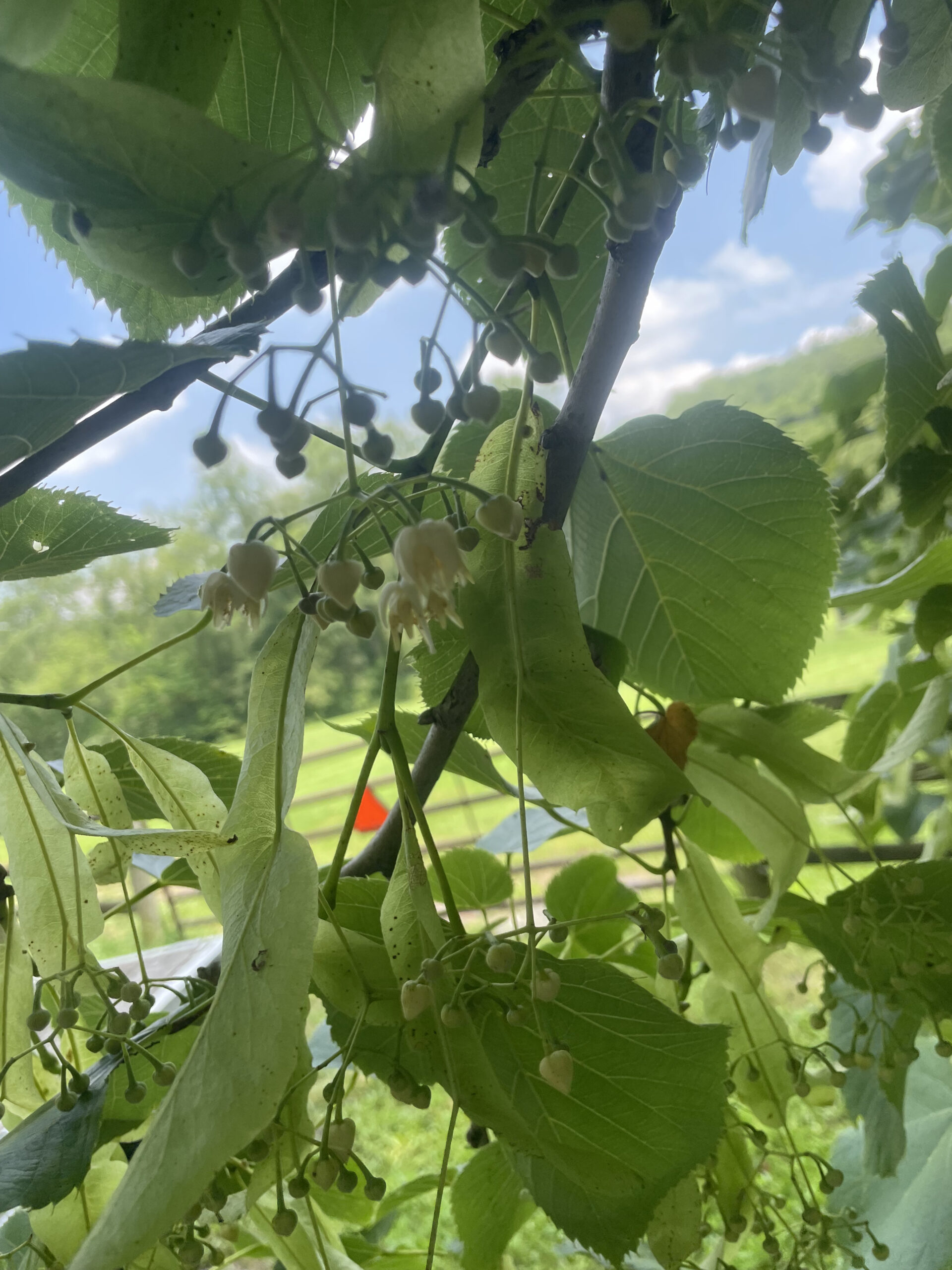
The American basswood tree (Tilia americana), also known as Linden, is blooming this week here in northeast Ohio. This is an important nectar source for bees as these trees can reach 80 feet tall and 40 feet wide and produce an enormous amount of flowers. This tree can go unnoticed, hidden in a canopy of other trees, but the bees will eagerly seek these trees out and fill your honey supers. The length of the honey flow from basswood may vary from five to 25 days, while the date of blooming is influenced by locality, altitude and temperature.
A.I. Root reported that the best yield of honey in Medina, Ohio, ever secured from a single hive was 43 pounds in three days. In Orchard, Iowa, a yield of 600 pounds of basswood honey from a single colony in 30 days was once secured, an average of 20 pounds per day. A colony in Borodino, New York, stored 302 pounds of honey for ten days.
Basswood honey is white and has a strong mint-like flavor, and can be detected by the odor inside the hives. It’s been reported that when conditions are favorable, such as during high temperatures and humidity, the tree will drip nectar like a small rain shower.
A.I. Root saw the value of the basswood tree and planted 4,000 trees north of Medina in 1872, and reported just 5 years later, many were bearing fair loads of blossoms. The younger trees require shade when young and should be planted no closer than 12 feet apart.
Just think, if Mark Bedillion had planted basswood trees on his property when he first started beekeeping 20 years ago, sons Sam and Leo wouldn’t have to work so hard and move their bees to the Japanese knotweed flow!




